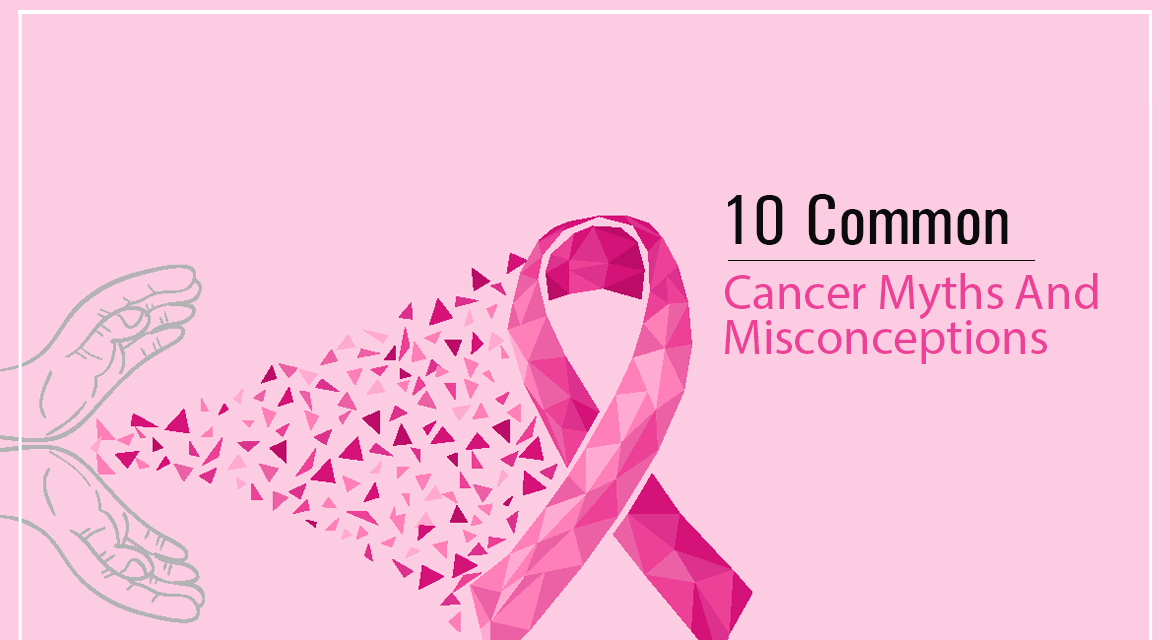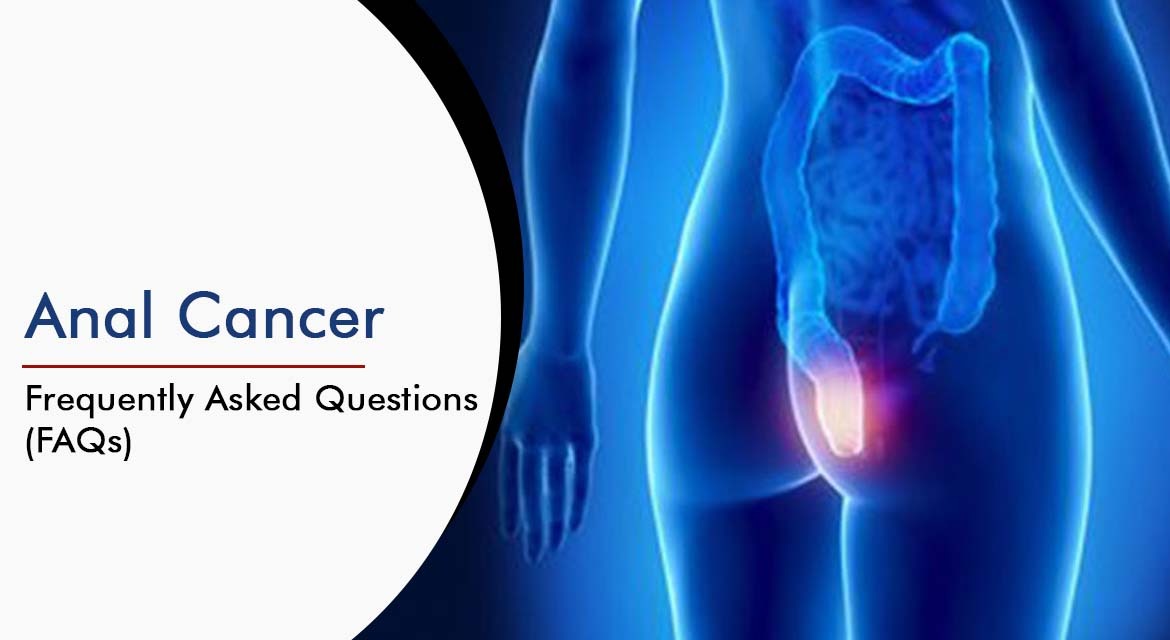
Coronavirus in Cancer Patient
Coronavirus in Cancer Patient Information for the risk of coronavirus for cancer patients, survivors and caregivers and who’s most at risk and what you can do to stay healthy… Not…

Coronavirus in Cancer Patient Information for the risk of coronavirus for cancer patients, survivors and caregivers and who’s most at risk and what you can do to stay healthy… Not…

Breast Cancer: An Introduction Today, Breast Cancer has surpassed Cervix cancer & become no. 1 cancer in females specially in Metros. Every year 1.5 L new breast cancers cases diagnosed…

Cancer Myths Myths and misconceptions fuel the disease burden and mortality (death) due to cancer, as they increase stigma and reduce chances of cancer patients seeking effective treatment early. This…

Following are all the related FAQs for Anal cancer: Q 1. What is Anal Cancer? Ans. Anal cancer is a disease in which malignant (cancer) cells form in the tissues of…

Bile Duct Cancer (Cholangiocarcinoma) Bile duct cancer is a rare disease, accounting for 10 to 20 percent of all liver cancers. It may cause symptoms such as jaundice, itching, abdominal…
Following are all the FAQs for Immunotherapy and Cervical Cancer: Q.1 What is Cervical Cancer? Ans. The cervix is the lower, narrow end of the uterus (the hollow, pear-shaped organ…

Following are some Colorectal Cancer or colon cancer Related FAQs Q.1. What is Colorectal Cancer? Ans. Colorectal cancer (CRC), is the development of cancer from the colon or rectum (parts of…
Child CancerChild Cancer is a leading cause of death for children and adolescents around the world and approximately 300,000 children aged 0 to 19 years old are diagnosed with cancer…

Following are some Childhood Leukemia related FAQs: Q. What is Childhood Leukemia? Ans. Childhood leukemia is a type of cancer that affects the blood and bone marrow. It is…

What is Juvenile Myelomonocytic Leukemia (JMML) or Childhood Leukemia?Juvenile myelomonocytic leukemia (JMML) is a rare type of leukemia that is neither chronic nor acute. It starts in myeloid cells but…